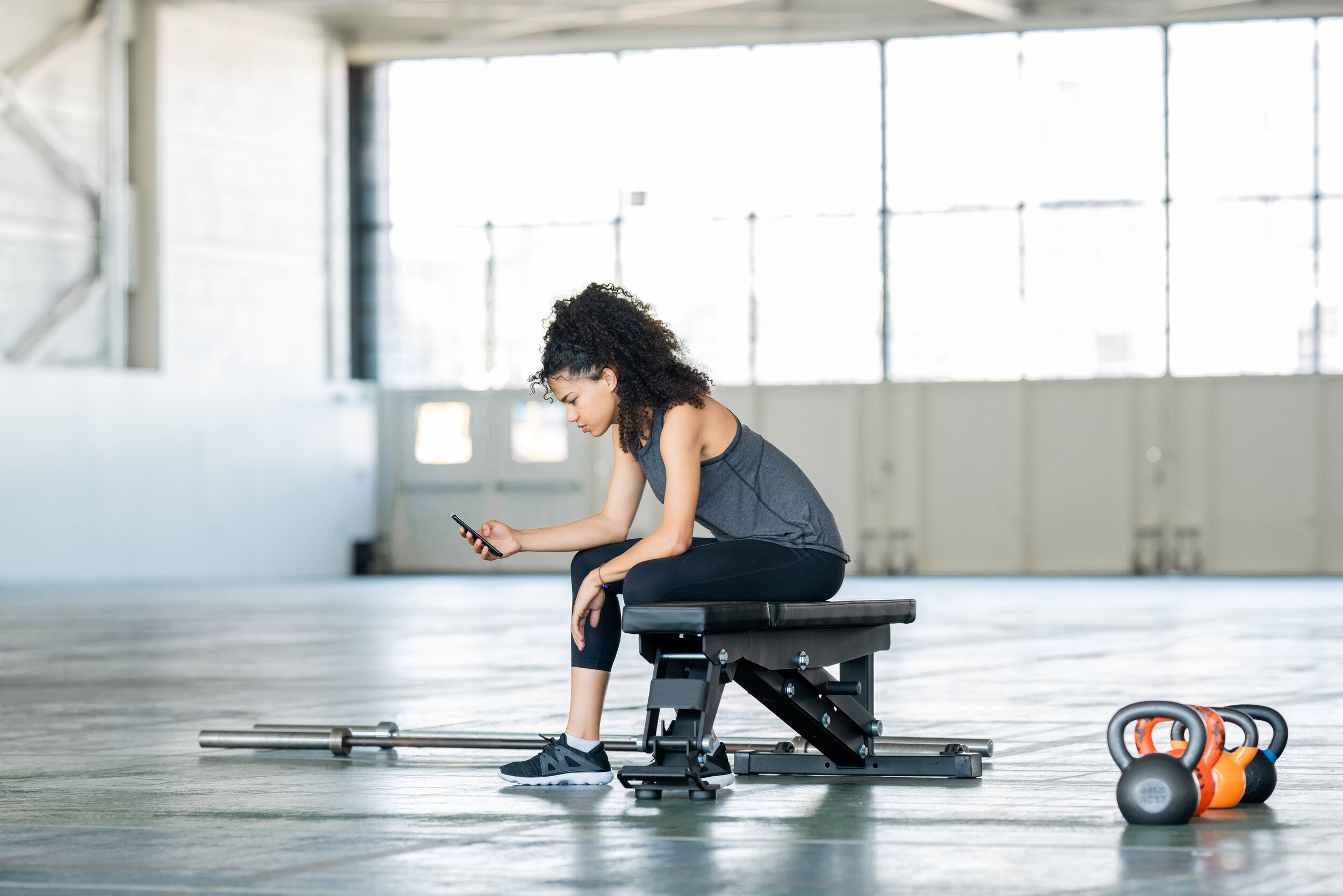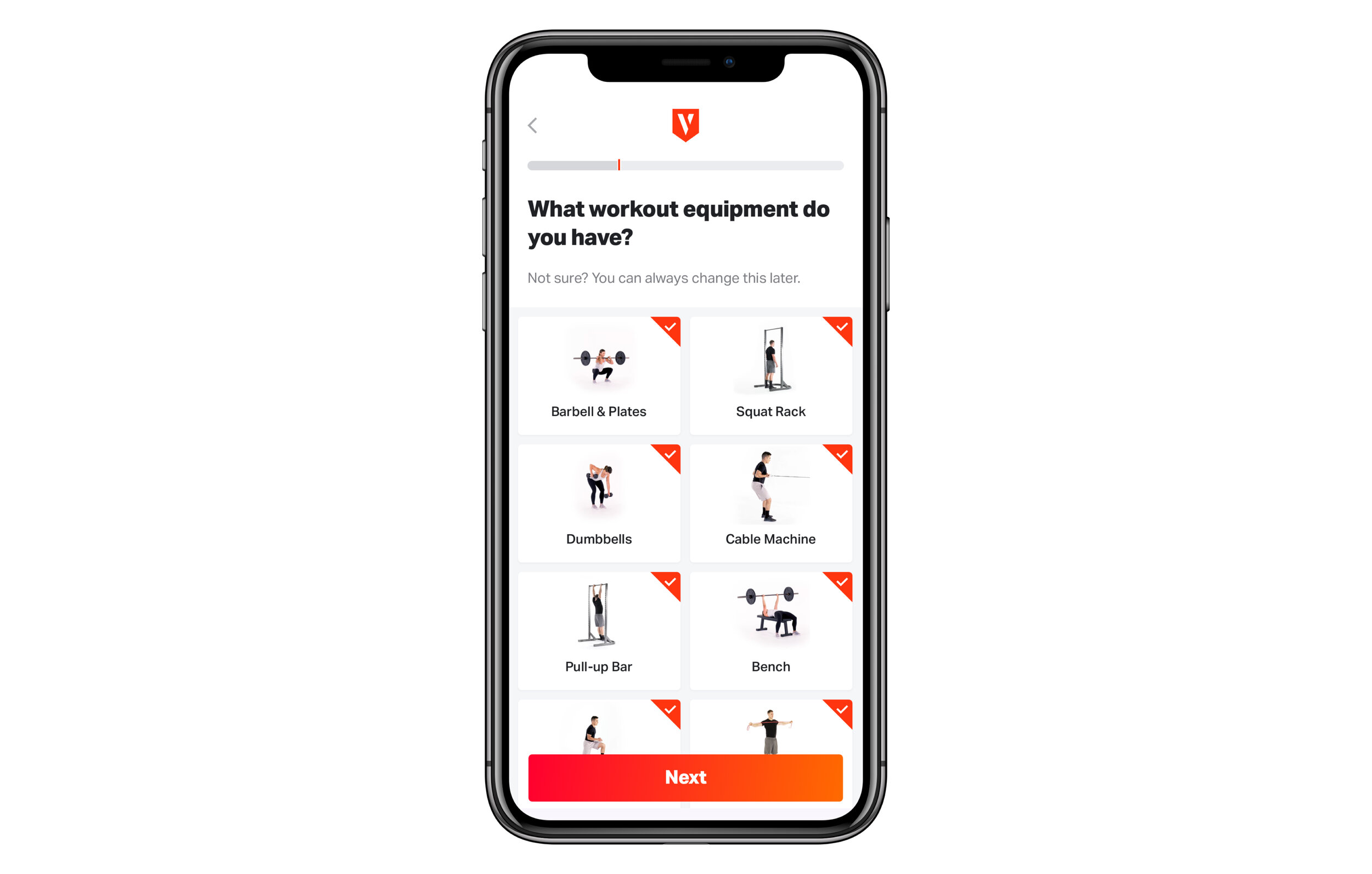Equipment Settings vs. At-Home Workouts
/These are crazy times.
Sport seasons have been canceled, schools have transitioned to remote learning for the rest of the academic year, and people everywhere are extremely limited when it comes to gym and weight room access. Athletes around the world have invested countless hours to develop their strength, athleticism, and performance. Coaches dedicate their livelihood to giving their athletes opportunities to succeed. At Volt, we believe in providing pathways for all to continue their fitness journey and thrive amidst the crisis at hand.
We now offer more at-home training options than ever before—and with more options come more decisions... The good thing is, we’re here to help with that decision. Whether you’re a coach setting up your team for success or an athlete trying to make the most of your situation, we’re here to help you solve one of the most frequently-asked-questions from the Volt Family:
Should I stick with my original program and adjust my Equipment Settings, or should I make the switch to an At-Home Workout program?
Equipment Settings or an At-Home Program?
“It Depends.”
First, let’s understand what it is you are training for, specifically. If you’re training for a sport, it’s important to develop lean muscle mass and strength during the off-season in order to be quick, powerful, and resilient during the season. Your sport-specific program will primarily use externally loaded exercises with barbells, dumbbells, bands, cables, medicine balls, etc., in order to develop those traits in the most effective way. Now, it’s okay if you don’t have access to some of that equipment, because we can load the body in various ways. Let look at some examples:
BB Bench Press can be substituted for DB Bench Press to load the horizontal push pattern.
Lat Pulldowns can be replaced by assisted/weighted pull-ups to load downward pulling.
DB Hang High Pulls can be replaced by MB Throws to load triple extension.
And if you edit the equipment you have access to in your Equipment Settings, Volt will automatically adapt your sport-specific workouts to include the equipment you have available.
Bodyweight training, however, often fails to consistently provide the total load necessary to achieve the original intent of loaded movements, and therefore cannot result in the same adaptations.
So, we typically recommend that an athlete stay on their sport-specific program only if they have access to the following equipment:
Bar and plates -and/or-
Dumbbells up to at least 40-60 lbs
Bands or Cables
If athletes don’t have access to these basic pieces of equipment, it might be best to switch to an At-Home Workout program.
Volt’s At-Home Workout Options Include:
High-Intensity Bodyweight
High-Intensity Dumbbells
High-Intensity Kettlebells
Low-Impact Bands & Dumbbells
Low-Impact Bodyweight
*Unless you have restrictions (physical or environmental) that limit you to a Low-Impact program, the High-Intensity programs typically lead to the greatest performance adaptations. For that reason, we will not include Low-Impact training options in the remainder of this discussion.
For athletes who have spent substantial time training on a Volt program in the past, High-Intensity Interval Training (HIIT) can be a valuable tool to help reduce the loss of training adaptations during a time of limited access to equipment.
From Martin Buchheit, PhD - Head of Performance, Paris Saint Germain Football Club:
Because the Volt HIIT programs are time-based (as opposed to rep-based), they scale very well for variations in bodyweight. This is one of the major reasons why the High-Intensity Bodyweight program is generally recommended over replacing all loaded movements in a sport-specific program. Prescribing push-ups for a time interval of 15-30 seconds allows for an individual to achieve a similar intensity, whether they are a 200-lb athlete who performs 6 reps during that time or a 110-lb athlete who does 20 reps.
Setting Expectations
It’s important to note that Volt’s At-Home Workouts do have limitations. Because we will not have the means to apply significant amounts of external load to an athlete, we will be limited in our opportunities to develop maximal strength. To do so typically requires a load greater than 85% of an athlete’s estimated one-rep maximum (e1RM).
For most athletes, that limitation is outside their sphere of control—it’s more worthwhile to focus on improving what we can control.
What Can We Expect to Gain From the At-Home Workouts?
Increased strength endurance
Increased aerobic fitness
Reduced loss of power/explosiveness
Reduced loss of strength
Opportunities to improve yourself as an athlete and pursue a common goal with the rest of your team *(if applicable)
Not ideal…so what?
Is remote training ideal? In most cases, maybe not. But, pandemic or not, how often do we really operate within “the ideal scenario”? We’re here to say that you can still train effectively — despite the circumstances.
You can still chase your dream, pursue your passion, and maintain your routine whether that’s done in a weight room, garage, or living room.
Stay safe, wash your hands, and #EarnEverything!
Join over 1 million coaches and athletes using Volt's AI-powered training system. For more information, click here.











